Nobel Peace Prizes and other Nobel Prizes in other disciplines,
2016 and Previous Years
 “There are many causes that I am prepared to die for but no causes that I am prepared to kill for.”
“There are many causes that I am prepared to die for but no causes that I am prepared to kill for.”
Mahatma Gandhi
The Story of My Experiments with Truth, 1927
2 October, is the International Day of Non-Violence, marked on the birthday of Mahatma Gandhi. Gandhi was nominated for the #NobelPeacePrize a few days before he was murdered on 30 January 1948.
More on Gandhi and the #NobelPeacePrize at Nobelprize.org: https://goo.gl/eqkkHI
Nelson Mandela casts his vote in the first South African elections held without the discrimination of voters on grounds of race – on 27 April in 1994. It was the first time Mandela had voted in his life.
From Nelson Mandela’s 1993 Nobel Peace Prize Lecture:
“We stand here today as nothing more than a representative of the millions of our people who dared to rise up against a social system whose very essence is war, violence, racism, oppression, repression and the impoverishment of an entire people.”
To watch the lecture: https://www.nobelprize.org/mediaplayer/index.php?id=1855 #PeaceDay
Photographer: Paul Weinberg. License: CC BY-SA 3.0. Source: Wikimedia Commons.
Nobel Peace Prize For Colom bia’s Juan Manuel Santos
• 7 October 2016
• From the section Latin America & Caribbean
Colombian President Juan Manuel Santos has been awarded the Nobel Peace Prize for his efforts to end the 52-year conflict with left-wing rebels.
The Nobel committee praised him for a peace deal signed with Farc rebels, but rejected by Colombians in a vote.
Mr. Santos said he dedicated the award to “all the victims of the conflict”, and the Farc leader congratulated him.
About 260,000 people have been killed and more than six million internally displaced in Colombia.
The award did not include Farc leader Rodrigo Londono, known as Timochenko, who also signed the accord.
• Who are the Farc?
• Colombia media hopeful over Santos peace prize
• Viewpoint: What next for Colombia?
• Santos: From hawk to dove
The head of the Nobel commitee said the award recognised the president’s “resolute efforts” to end the conflict.
“The award should also be seen as a tribute to the Colombian people who, despite great hardships and abuses, have not given up hope of a just peace, and to all the parties who have contributed to the peace process,” Kaci Kullman Five added.
For more information please visit the following link:
https://www.bbc.com/news/world-latin-america-37585188
Nobel Peace Prize For Colom bia’s Juan Manuel Santos
Juan Manuel Santo
• Born in Bogota in 10 August 1951 in an influential family
• Elected Colombian president in 2010 and re-elected in 2014
• Served as defence minister from 2006 until 2009
• Married, has two sons and one daughter
Sources: BBC Monitoring, Colombian presidency
For more information please visit the following link:
https://www.bbc.com/news/world-latin-america-37585188
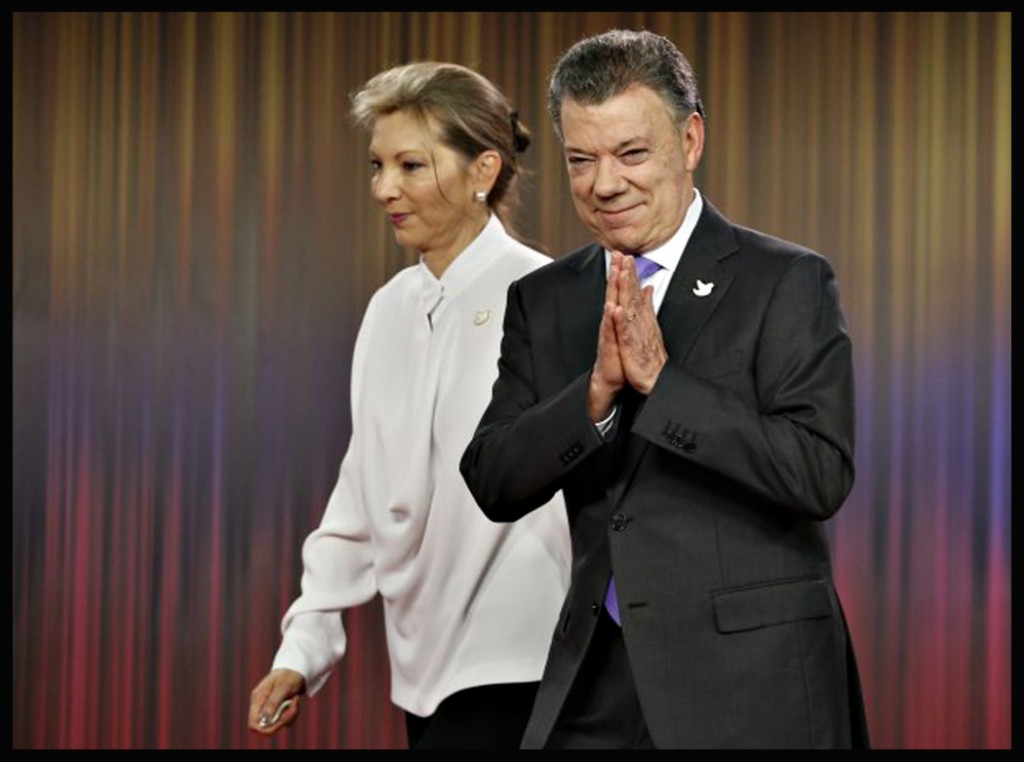 Colombia President Juan Manuel Santos awarded Nobel Peace Prize for bid to end half-century conflict
Colombia President Juan Manuel Santos awarded Nobel Peace Prize for bid to end half-century conflict
Colombian President Juan Manuel Santos won the Nobel Peace Prize for his efforts to end a 52-year-old war with Marxist rebels, a surprise choice and a show of support after Colombians rejected a peace accord last Sunday. (Reuters)
By Michael Birnbaum and Nick Miroff October 7 at 2:22 PM
BRUSSELS — Five days after the worst defeat of his political career, Colombian President Juan Manuel Santos was awarded the Nobel Peace Prize on Friday for his dogged, but unfulfilled, effort to end a half-century of civil war.
The Norwegian Nobel Committee said it made the decision because of Santos’s landmark attempt to stamp out one of the world’s longest-running conflicts, which has killed more than 220,000 people and driven at least 7 million from their homes since 1964.
Juan Manuel Santos was recognized for his work to end a half-century conflict with Marxist rebels in his country.
For more information please visit the following link:
https://www.washingtonpost.com/world/colombia-president-juan-manuel-santos-awarded-nobel-peace-prize-for-efforts-to-bring-peace-to-his-nation/2016/10/07/c6e0d3c4-8a84-11e6-8cdc-4fbb1973b506_story.html
Colombia President Juan Manuel Santos awarded Nobel Peace Prize for bid to end half-century conflict Peace in Colombia
It Is a Good Example for Syrian Leaders
Peace for All Syrians and for Humanity as a Whole
‘Last armed conflict in western hemisphere’
Colombian President Juan Manuel Santos and Farc leader Timoleon Jimenez, known as Timochenko, will sign an agreement at a ceremony on Monday, 26 September, 2016.
• From the section Latin America & Caribbean
https://www.bbc.com/news/video_and_audio/headlines/37469364
Colombia peace deal: Historic agreement is signed
Analysis, by the BBC’s Lyse Doucet in Cartagena:
The Farc’s 52-year fight
Image copyright Reuters
1964: Set up as armed wing of Communist Party
2002: At its height, it had an army of 20,000 fighters controlling up to a third of the country. Senator Ingrid Betancourt kidnapped and held for six years along with 14 other hostages
2008: The Farc suffers a series of defeats in its worst year
2012: Start of peace talks in Havana
2016: Definitive ceasefire
For more information please visit the following link:
https://www.bbc.com/news/world-latin-america-37477202
Nobel Peace Prize
The heroines of peace-the 16 women awarded with the Nobel Peace Prize so far (1901-2015)
Celebrating Peace Day with the 16 Heroines of Peace
1905: Bertha von Suttner
1931: Jane Addams
1946: Emily Greene Balch
1976: Betty Williams
1976: Mairead Corrigan
1979: Mother Teresa
1982: Alva Myrdal
1991: Aung San Suu Kyi
1992: Rigoberta Menchu Tum
1997: Jody Williams
2003: Shirin Ebadi
2004: Wangari Muta Maathai
2011: Ellen Johnson Shirleaf
2011: Leymah Gbowee
2011: Tawakkol Karman
2014: Malala Yousafzai
For more information please visit the following link:
https://www.facebook.com/nobelprize
Dr. Wangari Maathai, 2004 #NobelPeacePrize – Founder of a grass roots movement to combat deforestation, she “thought globally and acted locally”.
In 1977, Maathai started a grass-roots movement aimed at countering the deforestation that was threatening the means of subsistence of the agricultural population in Kenya.
The campaign encouraged women to plant trees in their local environments and to think ecologically. The so-called Green Belt Movement spread to other African countries, and contributed to the planting of over 30 million trees.
Wangari Maathai shared the Peace Prize “for her contribution to sustainable development, democracy and peace”. Her mobilization of African women was not limited in its vision to work for sustainable development; she saw tree-planting in a broader perspective which included democracy, women’s rights, and international solidarity.
In the words of the Nobel Committee: “She thinks globally and acts locally.”
Photo: Wangari Maathai (1940–2011) during an interview for Nobelprize.org in Stockholm, 2 April 2009. Photographer: Annalisa B. Andersson. © Nobel Media AB.
For more information please visit the following link:
https://www.facebook.com/nobelprize

 Rest in Peace Mr. Shimon Peres. Your biggest contribution for your country and the world was to lay the groundwork for Peace between Israel and Palestine. It is now up to the citizens of Israel and Palestine to complete Shimon Peres dream of peace between these two countries, living side by side with prosperity in peaceful coexistence for all.
Rest in Peace Mr. Shimon Peres. Your biggest contribution for your country and the world was to lay the groundwork for Peace between Israel and Palestine. It is now up to the citizens of Israel and Palestine to complete Shimon Peres dream of peace between these two countries, living side by side with prosperity in peaceful coexistence for all.
• Ing-On Vibulbhan-Watts, Friday, September 30, 2016
Shimon Peres and Nelson Mandela, after a meeting at Mandela’s house in Houghton, Johannesburg, Tuesday Sept. 3, 2002.AP
The one thing Shimon Peres longed for in life remained out of his reach
How Shimon Peres’ last tweet reflected his forward-thinking spirit
Shimon Peres changed from hawk to dove ‘before my eyes,’ says author Amos Oz
For more information please visit the following link:
https://www.haaretz.com/israel-news/1.744917
 • From Wikipedia, the free encyclopedia
• From Wikipedia, the free encyclopedia
• Yitzhak Rabin, Shimon Peres and Yasser Arafat receiving the Nobel Peace Prize following the Oslo Accords in 1994 for the Middle East Peace Process.
• From 1990 Peres led the opposition in the Knesset until, in early 1992, he was defeated in the first primary elections of the new Israeli Labor Party (which had been formed by the consolidation of the Alignment into a single unitary party) by Yitzhak Rabin, whom he had replaced fifteen years earlier.[29] Peres remained active in politics, however, serving as Rabin’s foreign minister from 1992.[29] Secret negotiations with Yasser Arafat’s PLOorganization led to the Oslo Accords, which won Peres, Rabin and Arafat the Nobel Peace Prize. But in 2002, members of the Norwegian committee that awards the annual Nobel Peace Prize stated they regretted that Mr Peres’ prize could not be recalled. Because he had not acted to prevent Israel’s re-occupation of Palestinian territory, he had not lived up to the ideals he expressed when he accepted the prize, and he was involved in human rights abuses.[56]
• For more information please visit the following link:
• https://en.wikipedia.org/wiki/Shimon_Peres Shimon Peres funeral: Leaders hail legacy of former Israeli leader
“Peace is not the pursuit of war by other means. Peace consists of putting an end to the red ink of past history and starting anew in a different color.”
Shimon Peres, 1996[54]
• BBC News from the section Middle East
• For more information please visit the following link:
• https://www.bbc.com/news/world-middle-east-37515057
Bob Dylan
Born Robert Allen Zimmerman, May 24, 1941 (age 75), Duluth, Minnesota, U.S.
Residence Malibu, California, U.S.
Other names Elston Gunnn, Blind Boy Grunt, Bob Landy, Robert Milkwood Thomas,
Tedham Porterhouse, Lucky Wilbury, Boo Wilbury, Jack Frost, Sergei Petrov
Occupation Singer-songwriter, artist, writer
Years active 1959–present[1]
Home town Hibbing, Minnesota, U.S.
Religion Judaism, Christianity
Spouse(s) Sara Dylan (m. 1965;div. 1977), Carolyn Dennis (m. 1986;div. 1992)
Children Maria Dylan (adopted), Jesse Dylan, Anna Dylan, Samuel Dylan, Jakob Dylan
Desiree Dennis-Dylan
Musical career
Genres Folk, blues, rock, country, gospel
Instruments Vocals, guitar, keyboards,harmonica
Labels Columbia, Asylum
Associated acts Joan Baez, The Band, Johnny Cash, Grateful Dead, George Harrison,
Mark Knopfler, Tom Petty and the Heartbreakers,Traveling Wilburys
BREAKING NEWS
The 2016 ?Nobel Prize in Literature is awarded to
Bob Dylan
“for having created new poetic expressions within the great American song tradition”.
Prize motivation in Swedish:
“som skapat nya poetiska uttryck inom den stora amerikanska sångtraditionen”.
Age: 75
Born: May 24, 1941 in Duluth, Minnesota, USA
Press release: goo.gl/xgiAKO
Biobibliographical notes in English: goo.gl/CXyTDt
Biobibliographical notes in Swedish: goo.gl/CXhZrj
Press material in French, German and Spanish will be available later this afternoon.
Biobibliographical notes
Bob Dylan was born on May 24, 1941 in Duluth, Minnesota. He grew up in a Jewish middle-class family in the city of Hibbing. As a teenager he played in various bands and with time his interest in music deepened, with a particular passion for American folk music and blues. One of his idols was the folk singer Woody Guthrie. He was also influenced by the early authors of the Beat Generation, as well as by modernist poets.
Dylan moved to New York in 1961 and began to perform in clubs and cafés in Greenwich Village. He met the record producer John Hammond with whom he signed a contract for his debut album, called Bob Dylan (1962). In the following years he recorded a number of albums which have had a tremendous impact on popular music: Bringing It All Back Home and High-way 61 Revisited in 1965, Blonde On Blonde in 1966 and Blood On The Tracks in 1975. His productivity continued in the following decades, resulting in masterpieces like Oh Mercy (1989), Time Out Of Mind (1997) and Modern Times (2006).
Dylan’s tours in 1965 and 1966 attracted a lot of attention. For a period he was accompa-nied by film maker D. A. Pennebaker, who documented life around the stage in what would come to be the movie Dont Look Back (1967). Dylan has recorded a large number of albums revolving around topics like the social conditions of man, religion, politics and love. The lyrics have continuously been published in new editions, under the title Lyrics. As an artist, he is strikingly versatile; he has been active as painter, actor and scriptwriter.
Besides his large production of albums, Dylan has published experimental work like Taran-tula (1971) and the collection Writings and Drawings (1973). He has written the autobiog-raphy Chronicles (2004), which depicts memories from the early years in New York and which provides glimpses of his life at the center of popular culture. Since the late 1980s, Bob Dylan has toured persistently, an undertaking called the “Never-Ending Tour”. Dylan has the status of an icon. His influence on contemporary music is profound, and he is the object of a steady stream of secondary literature.
Website bobdylan.com
Bob Dylan at Azkena Rock Festival in Vitoria-Gasteiz, Spain, in June 2010
For more information please visit the following links:
https://www.facebook.com/nobelprize
https://en.wikipedia.org/wiki/Bob_Dylan
Nobel Prize
The official Nobel portrait photo of Svetlana Alexievich, awarded the 2015 Nobel Prize in Literature “for her polyphonic writings, a monument to suffering and courage in our time”.
Photo: Alexander Mahmoud. © Nobel Media AB 2015.
For more information please visit the following link:
https://www.facebook.com/nobelprize
Nobel Prize
The 12 Nobel medicine women
1947: Gerty Theresa Cori
1977: Rosalyn Yalow
1983: Barbara McClintock
1986: Rita Levi-Montalcini
1988: Gertrude B. Elion
1995: Christiane Nusslein-Volhard
2004: Linda B. Buck
2008: Francoise Barre- Sinoussi
2009: Carol W. Greider
2009: Elizabeth H. Blackburn
2014: May-Britt Moser
2015: Youyou Tu
For more information please visit the following link:
https://www.facebook.com/nobelprize
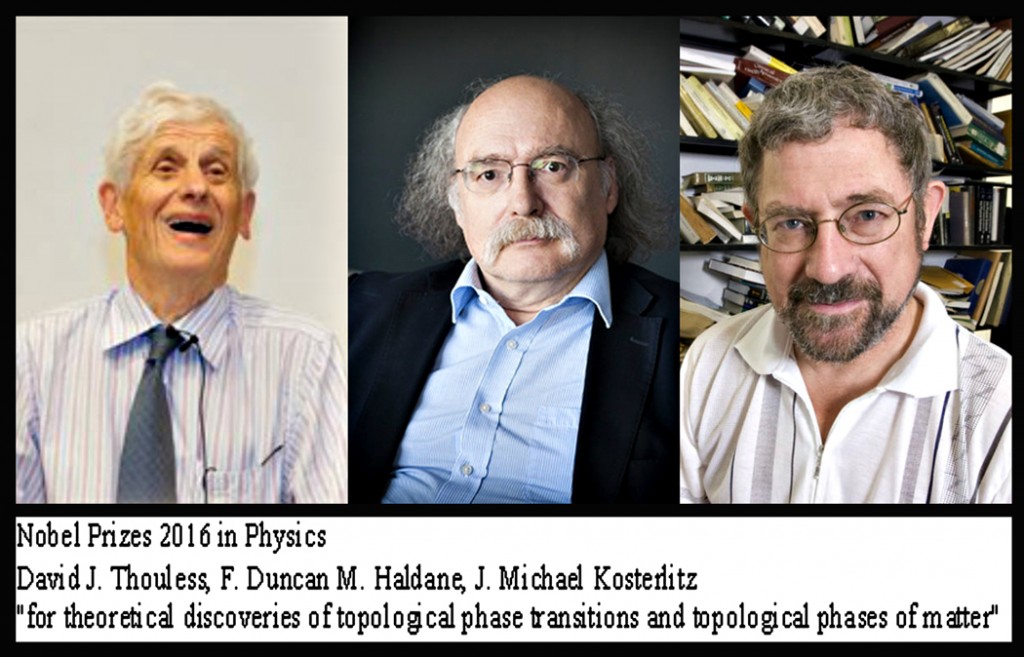 Nobel Prizes 2016
Nobel Prizes 2016
Physics
– David J. Thouless
– F. Duncan M. Haldane
– J. Michael Kosterlitz
“for theoretical discoveries of topological phase transitions and topological phases of matter”
https://www.facebook.com/nobelprize
https://www.nobelprize.org/
This year’s chemistry Nobel Prize has been awarded to Jean-Pierre Sauvage, Sir J. Fraser Stoddart and Bernard L. Feringa for the design and synthesis of molecular machines. https://go.nature.com/2de9bsc
For more information please visit the following link:
https://www.facebook.com/nobelprize
The Royal Swedish Academy of Sciences, Stockholm, Sweden awarded the Nobel Prize in Chemistry 2016 jointly to Jean-Pierre Sauvage, Sir J. Fraser Stoddart and Bernard L. Feringa “for the design and synthesis of molecular machines”.
For more information please visit the following link:
https://www.facebook.com/nobelprize
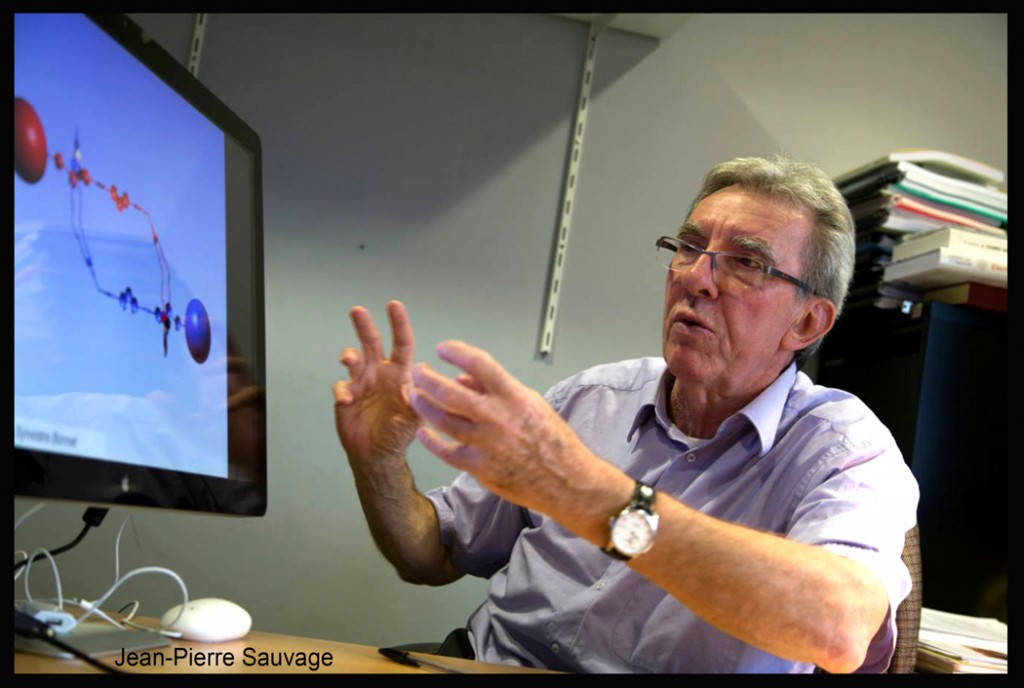 Jean-Pierre Sauvage, J Fraser Stoddart and Bernard L Feringa win 2016 Nobel Prize in Chemistry
Jean-Pierre Sauvage, J Fraser Stoddart and Bernard L Feringa win 2016 Nobel Prize in Chemistry
Trio of Jean-Pierre Sauvage, J Fraser Stoddart and Bernard L Feringa have won the prestigious 2016 Nobel Prize in Chemistry. Royal Swedish Academy of Sciences has chosen them for this award for their individual efforts in developing molecular machines. These three laureates will share the 8 million Swedish kronor (around $933,000) prize equally. What are molecular machines? Molecular machines or nanomachines are the world’s smallest machines. Their working is inspired by proteins that naturally act as biological machines within cells. Molecular machines are discrete number of synthetic molecular components fused together. They produce quasi-mechanical movements in response to specific external stimuli such as light or temperature change. Molecular machines can be put to work as tiny motors, pistons ratchets or wheels to produce mechanical motion and can move objects many time their size. Future Potential Applications: Molecular machines can be developed to function as artificial muscles to power tiny robots or even prosthetic limbs in case of Bionics. They may lead to developments like new sensors, materials and energy storage systems. They can be used to deliver drugs within the human body directly to target a specific area of tissue to medicate or cancerous cells. They can be used to design of a molecular computer which could be placed inside the body to detect disease even before any symptoms are exhibited. Contributions of Jean-Pierre Sauvage (France): He had taken first step towards a molecular machine in 1983, after he successfully linkied together two ring-shaped molecules to form a chain. J Fraser Stoddart (Britain): In 1991, he threaded a molecular ring onto a thin molecular axle and successfully demonstrated that the ring was able to move along the axle. Bernard L Feringa (Netherlands): He is the first person to develop a molecular motor. In 1999 successfully designed molecular rotor blade to spin continually in the same direction. He also had designed nanocar using molecular motors.
https://www.facebook.com/nobelprize
https://www.nobelprize.org/
Nobel Prize
October 11 at 2:39pm •
Fraser Stoddart, awarded the 2016 #NobelPrize in Chemistry together with Jean-Pierre Sauvage and Bernard L. Feringa.
Photo: Denise Wilson, The University of Edinburgh
For more information please visit the following links:
https://www.facebook.com/nobelprize
https://www.nobelprize.org/
Embassy of the Netherlands in Hungary with Ben Feringa and Nobel Prize.
October 10 at 12:19pm •
Dutch synthetic organic chemist Bernard L. Feringa receives Nobel Prize
Teamed up with Jean-Pierre Sauvage and Sir J. Fraser Stoddart, Prof. Feringa created the world’s smallest machines – molecules with controllable movements, which can perform a task when energy is added. “The 2016 Nobel Laureates in Chemistry have miniaturised machines and taken chemistry to a new dimension” – the Nobel Committee`s laudation reads. Prof. Ben L. Feringa obtained his PhD. at the University of Groningen, where he was appointed full professor in 1988, after working as research scientist for Shell. Under his guidance the Feringa group has developed extensive expertise in the fields of organic chemistry, nanotechnology, asymmetric catalysis. His discovery of the molecular motor ranks highly among the many discoveries made over the years.
For more information please visit the following links:
https://www.facebook.com/nobelprize
https://www.nobelprize.org/
Dutch synthetic organic chemist Bernard L. Feringa receives Nobel Prize
The Nobel Prize in Chemistry 2016 is awarded to Jean-Pierre Sauvage, Sir J. Fraser Stoddart and Bernard L. Feringa for their design and production of molecular machines. They have developed molecules with controllable movements, which can perform a task when energy is added. https://bit.ly/2e1Ll6H
2016 Nobel Prize in Chemistry Awarded for World’s Tiniest Machines
The Royal Swedish Academy of Sciences has awarded the Nobel Prize in Chemistry 2016 to for the design and synthesis of molecular machines.
labmanager.com
For more information please visit the following links:
https://www.facebook.com/nobelprize
https://www.nobelprize.org/
Nobel laureates in Physics
In 1910 Johannes Diderik van der Waals of Netherlands received Nobel Prize in Physics
“for his work on the equation of state for gases and liquids”[16]
In 1911 Wilhelm Wien of Germany received Nobel Prize in Physics
“for his discoveries regarding the laws governing the radiation of heat”[17]
In 1012 Nils Gustaf Dalén of Sweden received Nobel Prize in Physics
“for his invention of automatic valves designed to be used in combination with gas accumulators in lighthouses and buoys”[18]
For more information please visit the following links:
https://www.facebook.com/nobelprize
https://en.wikipedia.org/wiki/List_of_Nobel_laureates_in_Physics
Nobel laureates in Physics
In 1908 Gabriel Lippmann of France received Nobel Prize in Physics
“for his method of reproducing colours photographically based on the phenomenon of interference”[14]
In 1909 Guglielmo Marconi of Italy and Karl Ferdinand Braun of Germany received Nobel Prize in Physics
“for their contributions to the development of wireless telegraphy”[15]
For more information please visit the following links:
https://www.facebook.com/nobelprize
https://en.wikipedia.org/wiki/List_of_Nobel_laureates_in_Physics
Nobel laureates in Physics
In 1905 Philipp Eduard Anton von Lenard of Austria-Hungary & Germany received Nobel Prize in Physics
“for his work on cathode rays”[11]
In 1906 Joseph John Thomson of United Kingdom received Nobel Prize in Physics
“for his theoretical and experimental investigations on the conduction of electricity by gases”[12]
In 1907 Albert Abraham Michelson of United States received Nobel Prize in Physics
“for his optical precision instruments and the spectroscopic and metrological investigations carried out with their aid”[13]
For more information please visit the following links:
https://www.facebook.com/nobelprize
https://en.wikipedia.org/wiki/List_of_Nobel_laureates_in_Physics
Nobel laureates in Physics
The first Nobel Prize in Physics was awarded in 1901 to Wilhelm Conrad Röntgen, of Germany, who received 150,782 SEK, which is equal to 7,731,004 SEK in December 2007.
“in recognition of the extraordinary services he has rendered by the discovery of the remarkable rays subsequently named after him”[7]
In 1902 Hendrik Lorentz, and Pieter Zeeman, of Netherlands received Nobel Prize in Physics
“in recognition of the extraordinary service they rendered by their researches into the influence of magnetism upon radiation phenomena”[8]
For more information please visit the following links:
https://www.facebook.com/nobelprize
https://en.wikipedia.org/wiki/List_of_Nobel_laureates_in_Physics
Nobel Prize
Albert Einstein’s letter to Marie Curie in November 1911 when he told her to ignore the haters:
“Highly esteemed Mrs Curie,
Do not laugh at me for writing you without having anything sensible to say. But I am so enraged by the base manner in which the public is presently daring to concern itself with you that I absolutely must give vent to this feeling…”
Marie Curie was awarded the #NobelPrize in Physics 1903 and in Chemistry 1911. Albert Einstein was awarded the Nobel Prize in Physics 1921.
Story on the letter: https://www.itsokaytobesmart.com/…/albert-einstein-marie-cur…
Also explore the Einstein Papers at: https://einsteinpapers.press.princeton.edu/
For more information please visit the following link:
https://www.facebook.com/nobelprize
“Falling in love is not at all the most stupid thing that people do – but gravitation cannot be held responsible for it.”
Albert Einstein apparently scribbled this on a letter sent to him from a correspondent in 1933 – asking the influential Nobel Prize-awarded physicist if ‘perhaps it was while upside down, standing on their heads, that people fell in love and did other foolish things’?
The story is recorded in the book Albert Einstein, The Human Side: Glimpses from His Archives, edited by Helen Dukas and Banesh Hoffmann with Ze’ev Rosenkranz (Princeton UP, 2013).
Photo: Einstein in the library of Paul Ehrenfest’s home. Leiden, 1916. Source: Boerhaave Museum (p08608). Public Domain. Via Wikimedia Commons.
For more information please visit the following link:
https://www.facebook.com/nobelprize
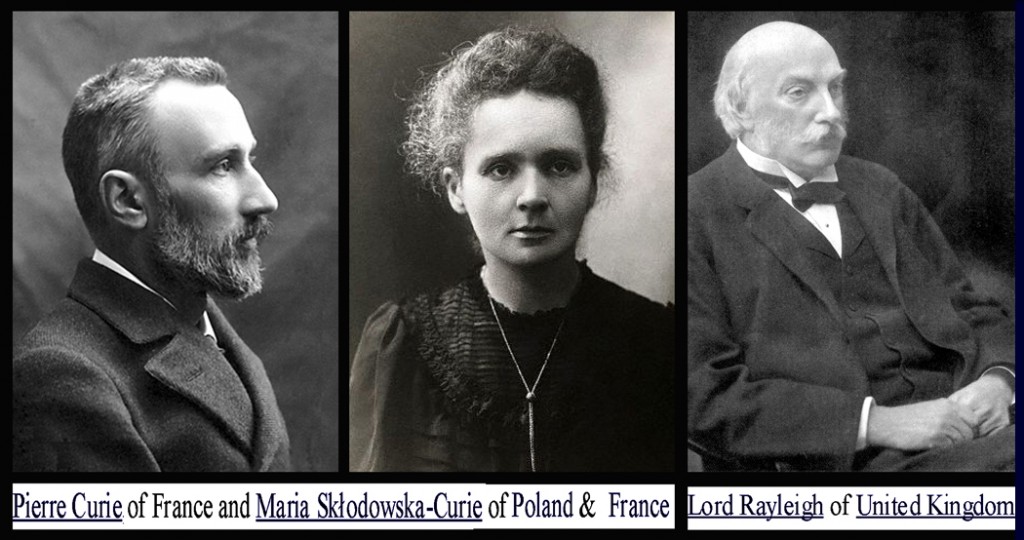 Nobel laureates in Physics
Nobel laureates in Physics
In 1904 Pierre Curie, (Maria Sk?odowska-Curie’s husband) of France and Maria Sk?odowska-Curie of Poland & France received Nobel Prize in Physics
“for their joint researches on the radiation phenomena discovered by Professor Henri Becquerel”[9]
In 1904 Lord Rayleigh of United Kingdom received Nobel Prize in Physics
“for his investigations of the densities of the most important gases and for his discovery of argon in connection with these studies”[10]
For more information please visit the following links:
https://www.facebook.com/nobelprize
https://en.wikipedia.org/wiki/List_of_Nobel_laureates_in_Physics
Nobel Prize
Marie Curie (née Sklodowska) is the only individual who has been awarded the #NobelPrize in both Physics (1903) and Chemistry (1911).
FAQ on Marie Curie: https://www.nobelprize.org/…/laure…/1903/marie-curie-faq.html
For more information please visit the following link:
https://www.facebook.com/nobelprize
Nobel Prize
Trivia about twice Nobel Prize-awarded scientist – and teacher – Prof. Marie Curie (1867–1934), center in photo with four of her students:
• She was born Maria Sk?odowska, the youngest of five children of a teaching couple.
• She attended an illegal “floating university” in her youth – a night school changing locations to elude authorities during a time of czarist Russia’s occupation of Poland, that forbade women to study at university.
• At age 16, Curie starts work as a private tutor and later governess to help support her elder sister Bronya’s medical schooling in Paris. The agreement is that Bronya will return the favour after graduating.
• Outside of work, Curie spends spare time teaching the illiterate children of her employer’s peasant laborers. She is 24 when she finally joins Bronya in Paris to begin studies at the University of Sorbonne.
• By the time of her marriage to physicist and collaborator Pierre Curie in 1895 (with whom she is awarded her first Nobel Prize in Physics 1903 for research on radiation), Marie holds two master’s degrees – in physics and math – and decides to earn a certificate that will allow her to teach science to young women.
• In 1897, she becomes the first lecturer at France’s most renowned teacher training institution for women, introducing lab work to the physics curriculum.
• In 1906 she becomes the first woman to teach at the University of Sorbonne.
• Also in 1906, Marie Curie helps start and run a cooperative school with a number of other professional parents who disapproved of the rigid French school system.
One of the pupils is Marie Curie’s oldest daughter Irène, who grows up to join her mother’s research staff at the Radium Institute, along with husband Frederic Joliot.
The couple Joliot-Curie discovered artificial radioactivity and were jointly awarded the 1935 Nobel Prize for Chemistry.
–
Sources: Marie Curie and the Science of Radioactivty” by Naomi Pasachoff, online exhibit at the American Institute of Physics:https://www.aip.org/history/exhibits/curie/sitemap.htm
Nobelprize.org story on the Curies and their work:https://goo.gl/l471NC
–
Photo: taken between 1910 and 1915 by unknown photographer. Source: Library of Congress. No known copyright restrictions.
For more information please visit the following link:
https://www.facebook.com/nobelprize
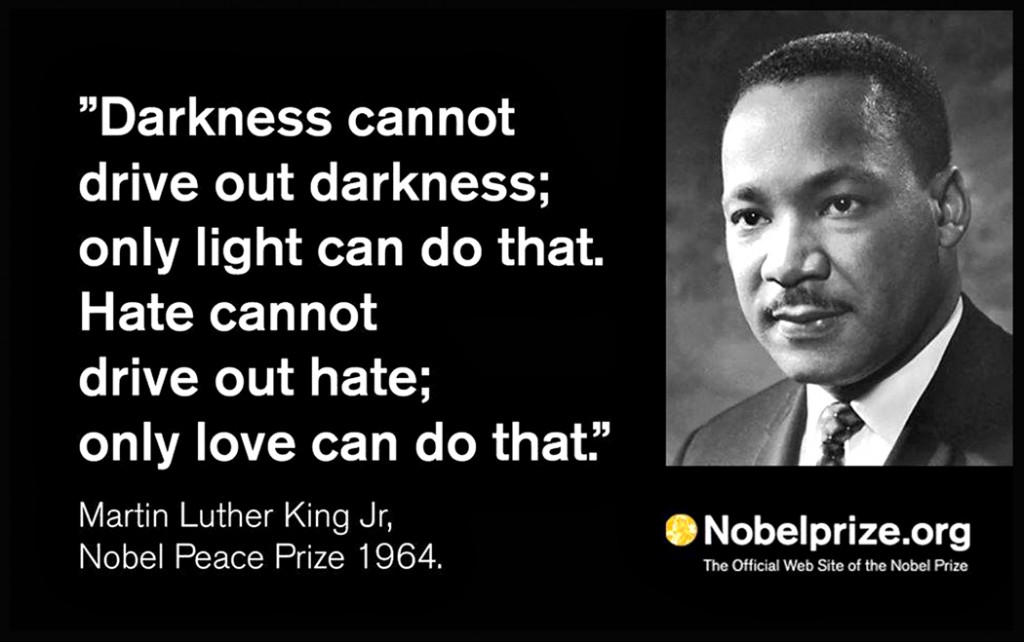
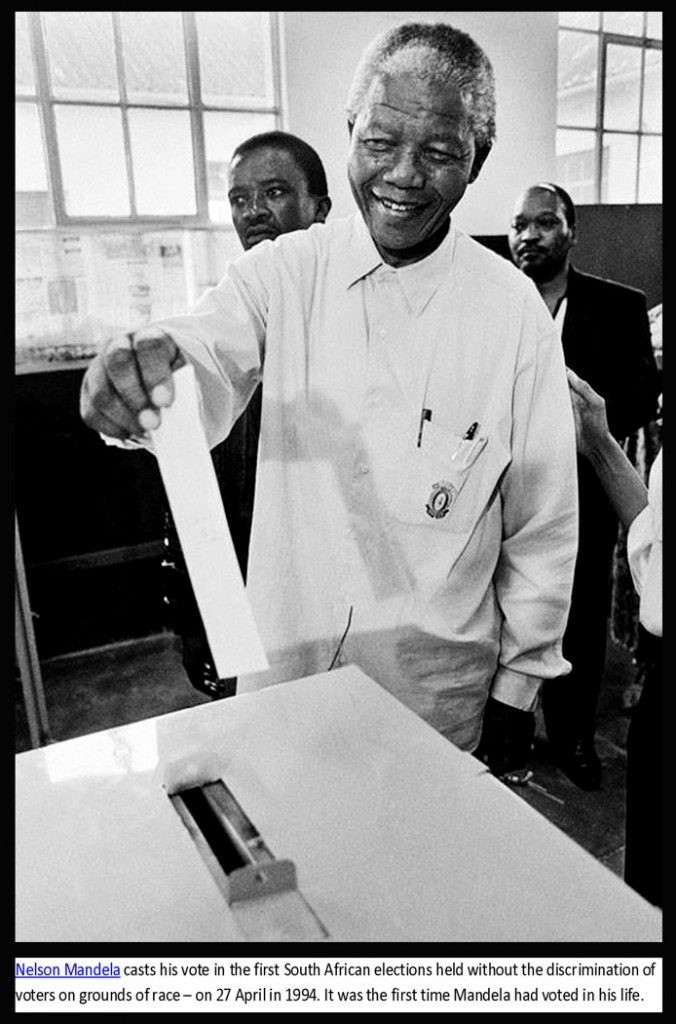
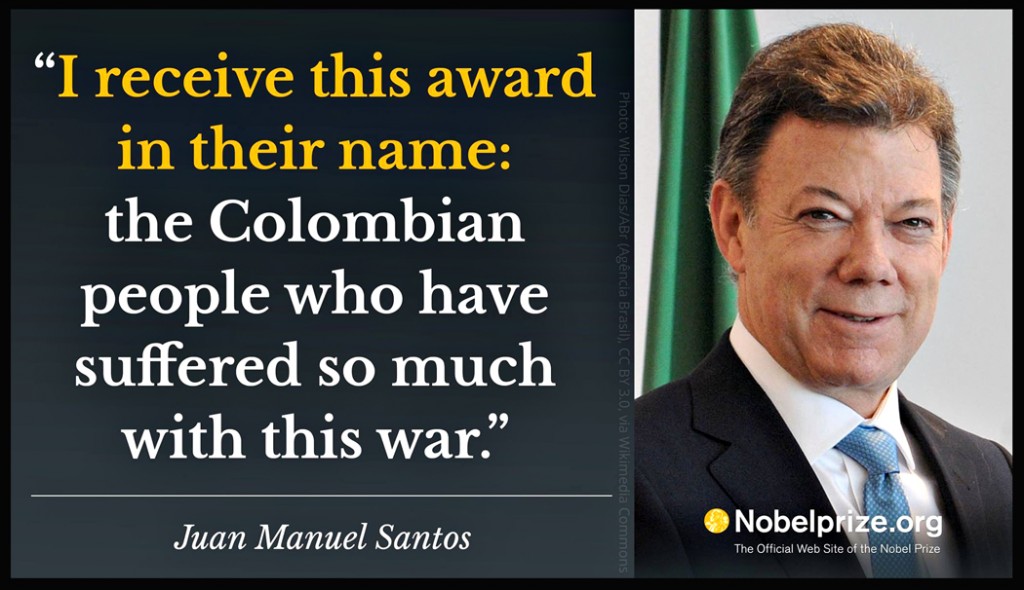

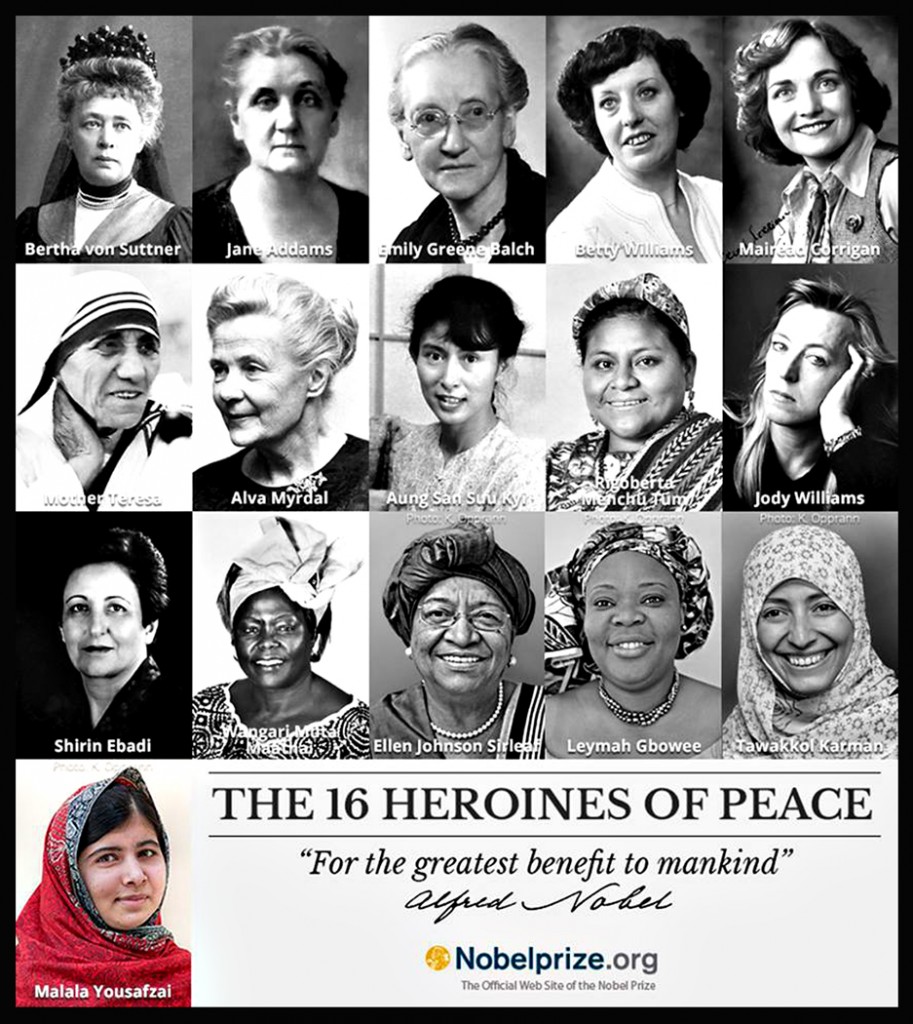
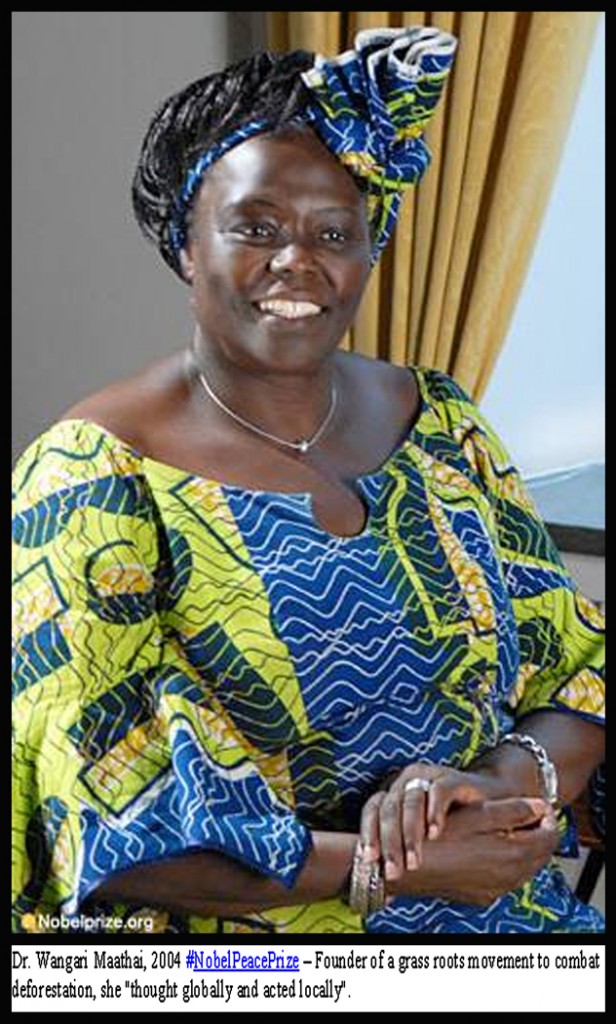

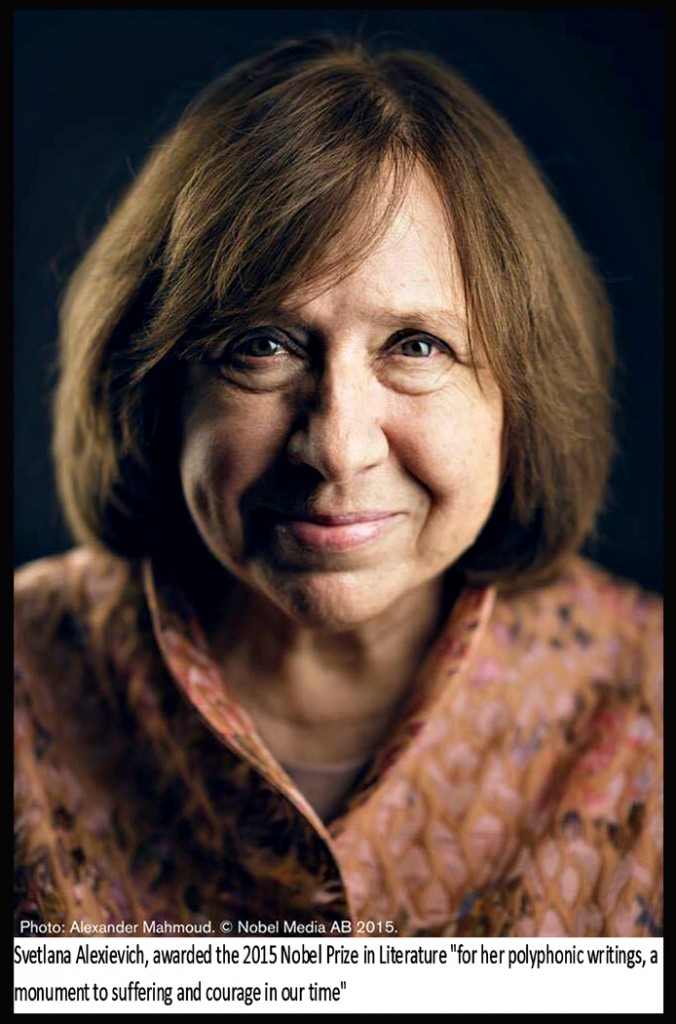
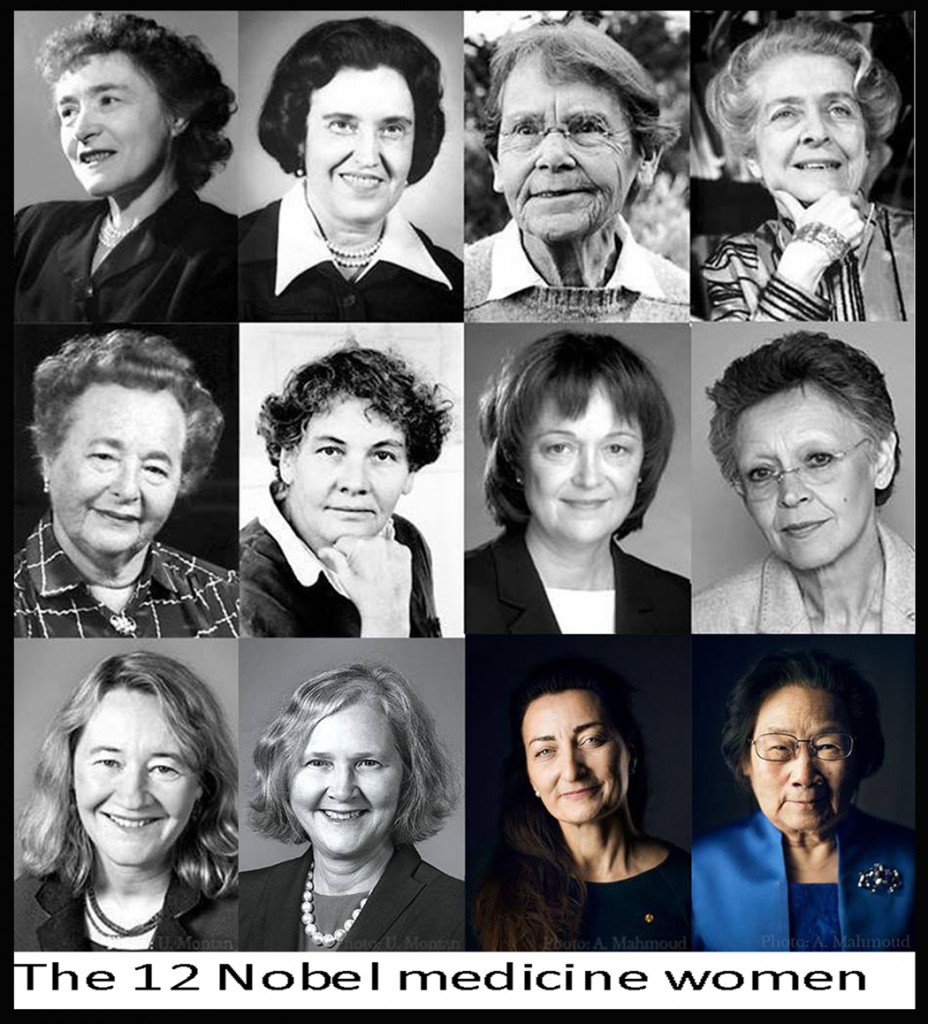
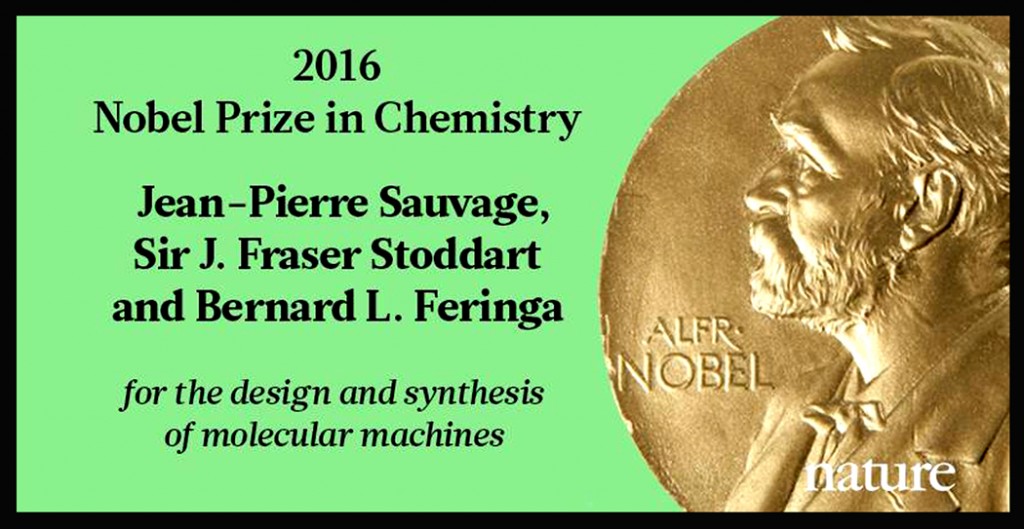


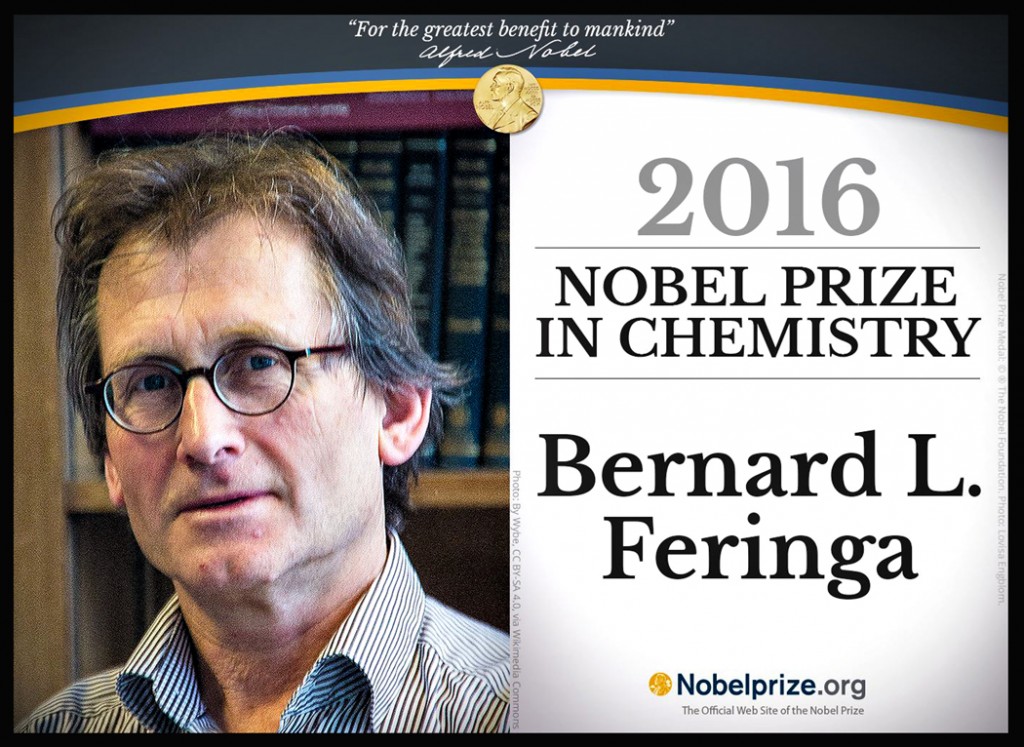

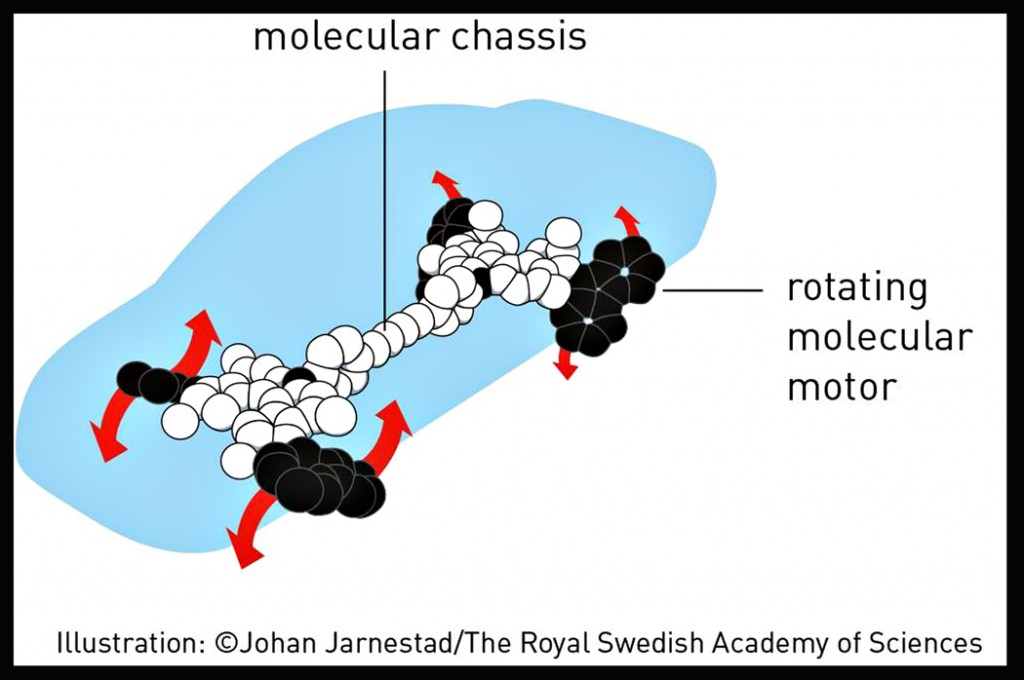

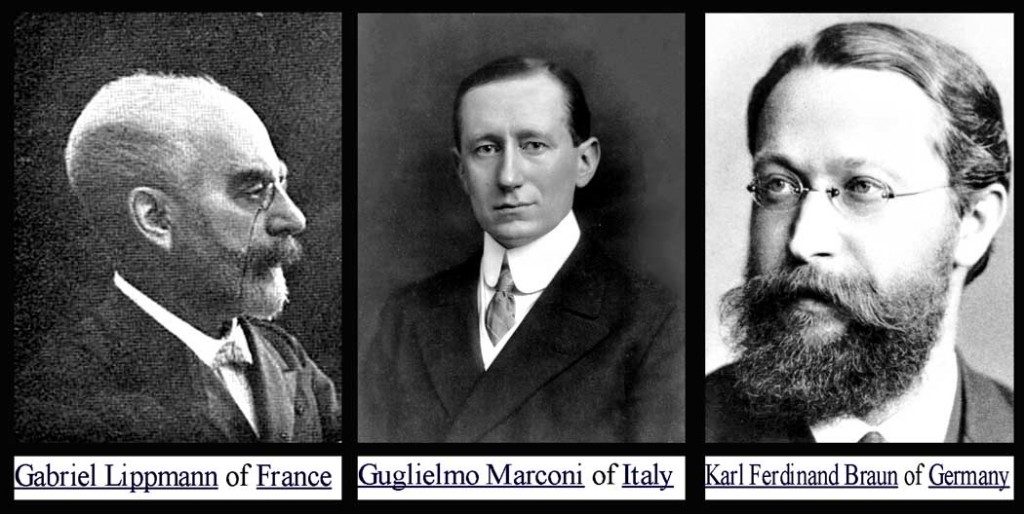

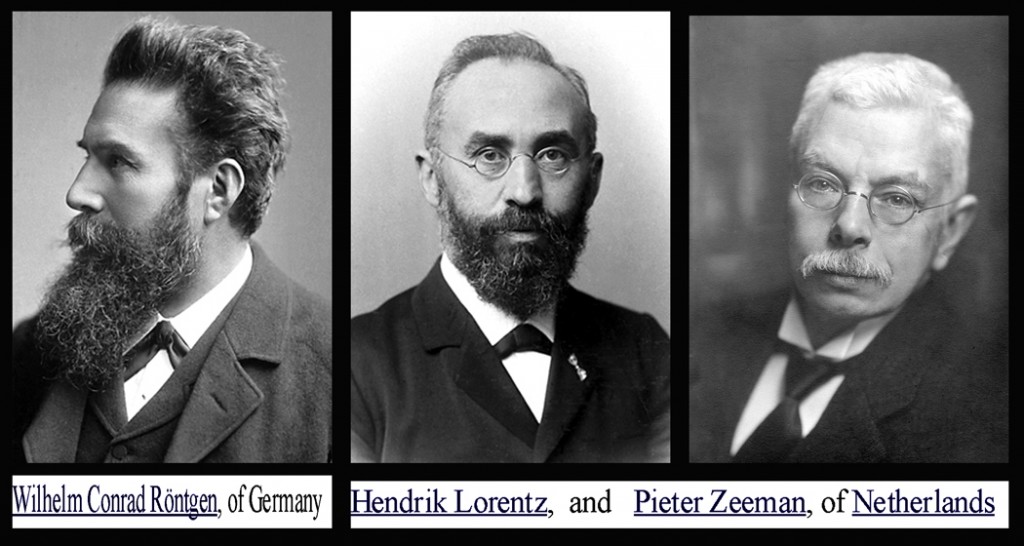
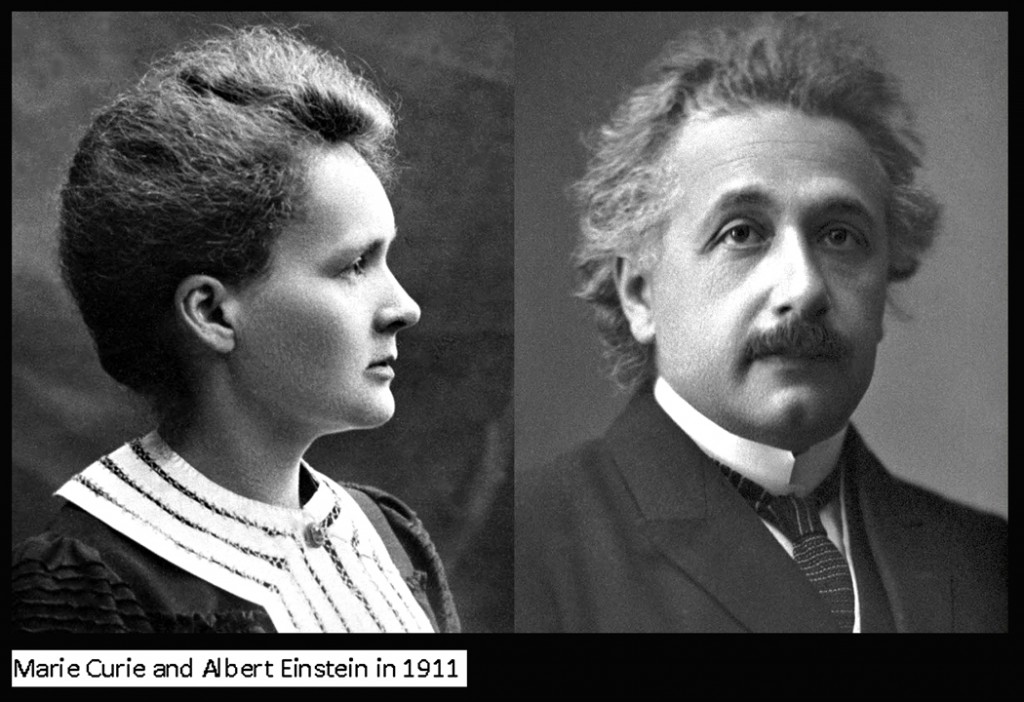
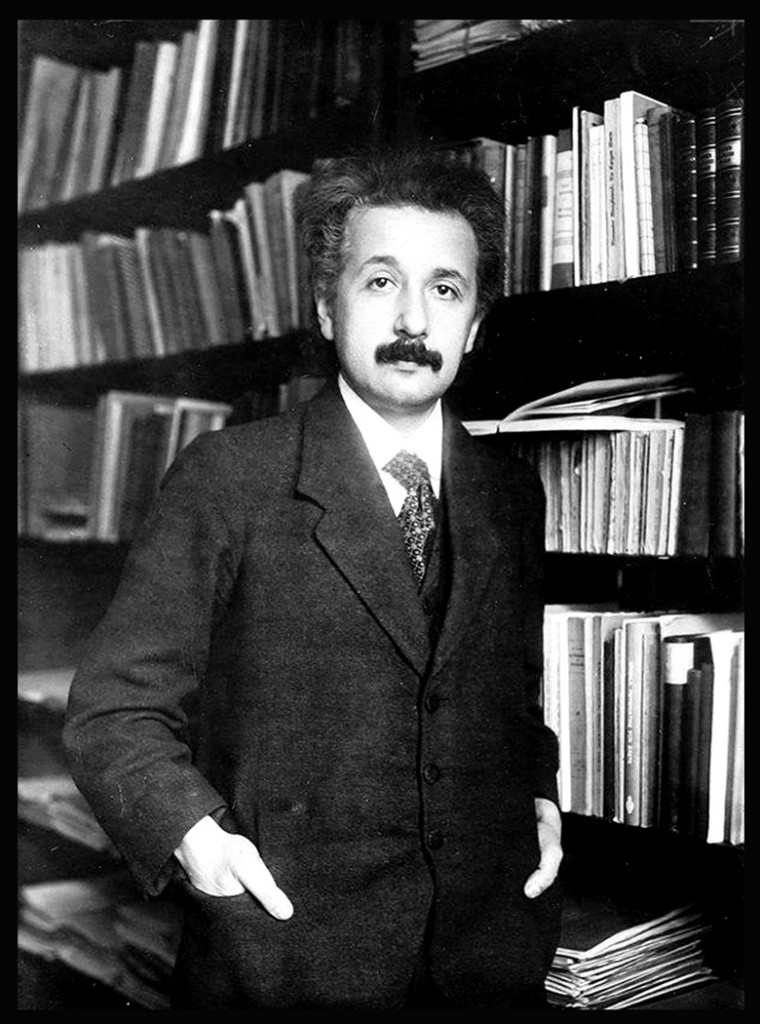
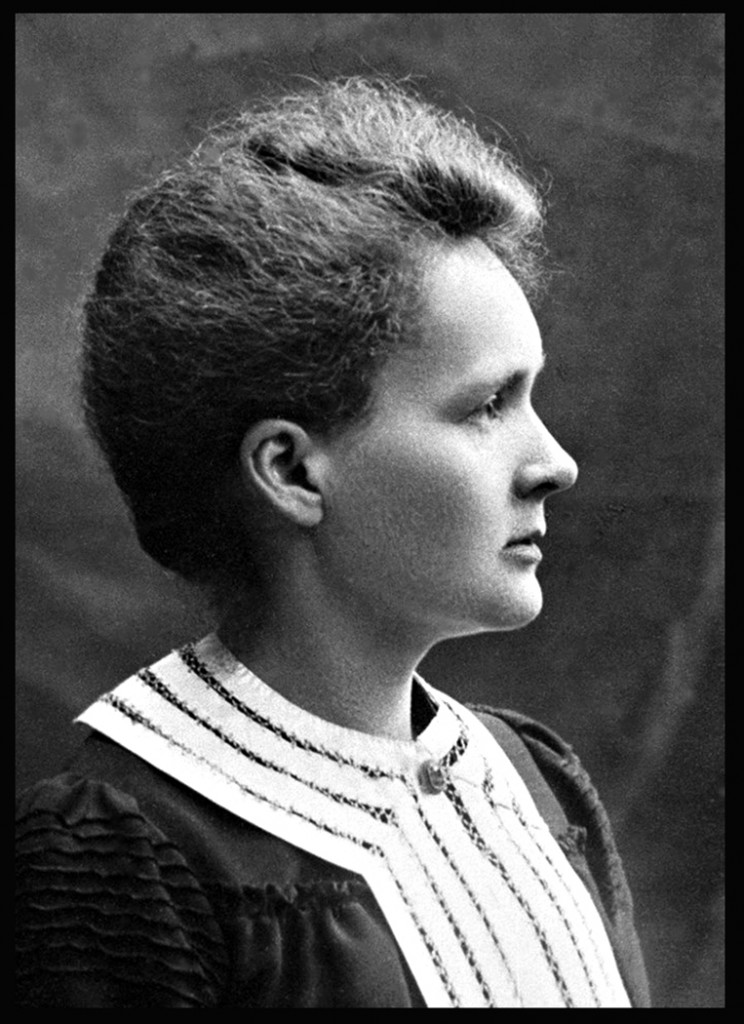

Leave a Reply